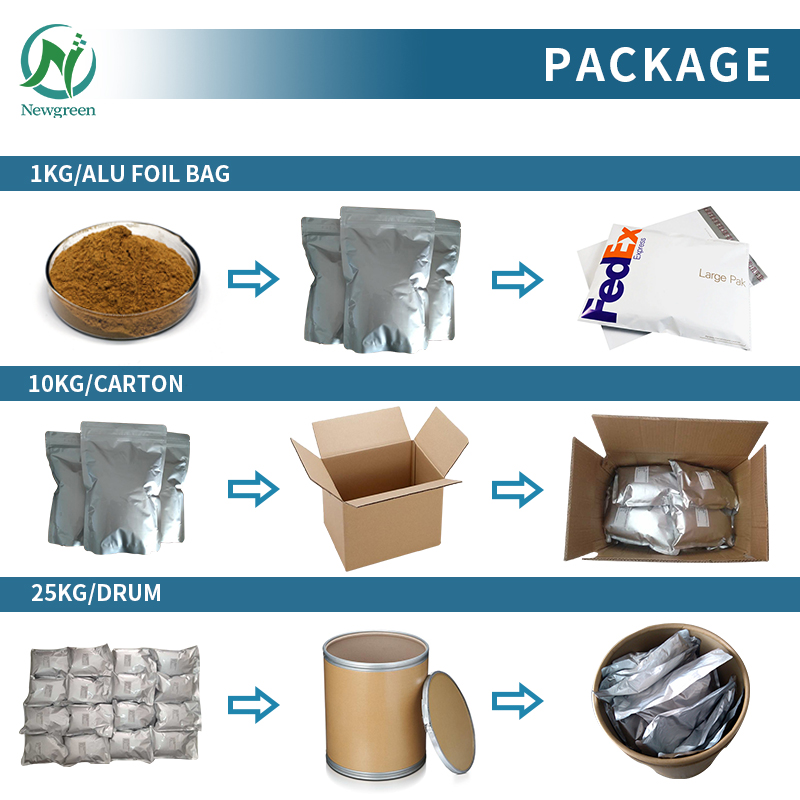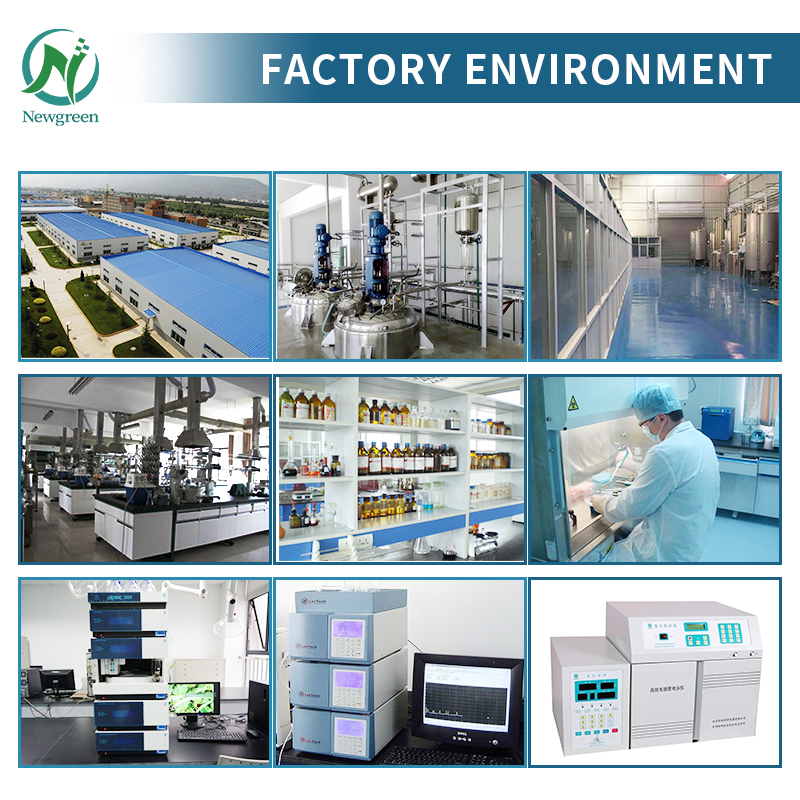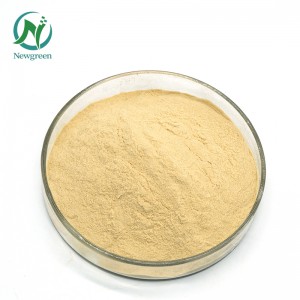Cosmetic Grade Preservative 2-Phenoxyethanol Liquid

Product Description
2-Phenoxyethanol is a glycol ether and a type of aromatic alcohol commonly used as a preservative in cosmetic and personal care products. It is known for its antimicrobial properties, which help to extend the shelf life of products by preventing the growth of bacteria, yeast, and mold.
1. Chemical Properties
Chemical Name: 2-Phenoxyethanol
Molecular Formula: C8H10O2
Molecular Weight: 138.16 g/mol
Structure: It consists of a phenyl group (a benzene ring) attached to an ethylene glycol chain.
2. Physical Properties
Appearance: Colorless, oily liquid
Odor: Mild, pleasant floral odor
Solubility: Soluble in water, alcohol, and many organic solvents
Boiling Point: Approximately 247°C (477°F)
Melting Point: Approximately 11°C (52°F)
COA
| ITEMS | STANDARD | RESULTS |
| Appearance | Colorless oily liquid | Conform |
| Odor | Characteristic | Conform |
| Taste | Characteristic | Conform |
| Assay | ≥99% | 99.85% |
| Heavy Metals | ≤10ppm | Conform |
| As | ≤0.2ppm | <0.2 ppm |
| Pb | ≤0.2ppm | <0.2 ppm |
| Cd | ≤0.1ppm | <0.1 ppm |
| Hg | ≤0.1ppm | <0.1 ppm |
| Total Plate Count | ≤1,000 CFU/g | <150 CFU/g |
| Mold & Yeast | ≤50 CFU/g | <10 CFU/g |
| E. Coll | ≤10 MPN/g | <10 MPN/g |
| Salmonella | Negative | Not Detected |
| Staphylococcus Aureus | Negative | Not Detected |
| Conclusion | Conform to the specification of the requirement. | |
| Storage | Store in a cool, dry and ventilated place place. | |
| Shelf Life | Two years if sealed and store away from direct sun light and moisture. | |
Function
Preservative Properties
1.Antimicrobial: 2-Phenoxyethanol is effective against a broad spectrum of microorganisms, including bacteria, yeast, and mold. This helps to prevent contamination and spoilage of cosmetic and personal care products.
2.Stability: It is stable over a wide pH range and is effective in both aqueous and oil-based formulations.
Compatibility
1.Versatile: 2-Phenoxyethanol is compatible with a wide range of cosmetic ingredients, making it a versatile preservative for various formulations.
2.Synergistic Effects: It can be used in combination with other preservatives to enhance their efficacy and reduce the overall concentration needed.
Application Areas
Cosmetic and Personal Care Products
1.Skincare Products: Used in moisturizers, serums, cleansers, and toners to prevent microbial growth and extend shelf life.
2.Hair Care Products: Included in shampoos, conditioners, and hair treatments to maintain product integrity.
3.Makeup: Found in foundations, mascaras, eyeliners, and other makeup products to prevent contamination.
4.Fragrances: Used as a preservative in perfumes and colognes.
Pharmaceuticals
Topical Medications: Used as a preservative in creams, ointments, and lotions to ensure product safety and efficacy.
Industrial Applications
Paints and Coatings: Used as a preservative in paints, coatings, and inks to prevent microbial growth.
Usage Guide
Formulation Guidelines
Concentration: Typically used at concentrations ranging from 0.5% to 1.0% in cosmetic formulations. The exact concentration depends on the specific product and its intended use.
Combination with Other Preservatives: Often used in combination with other preservatives, such as ethylhexylglycerin, to enhance antimicrobial efficacy and reduce the risk of irritation.
Related Products
Package & Delivery

















